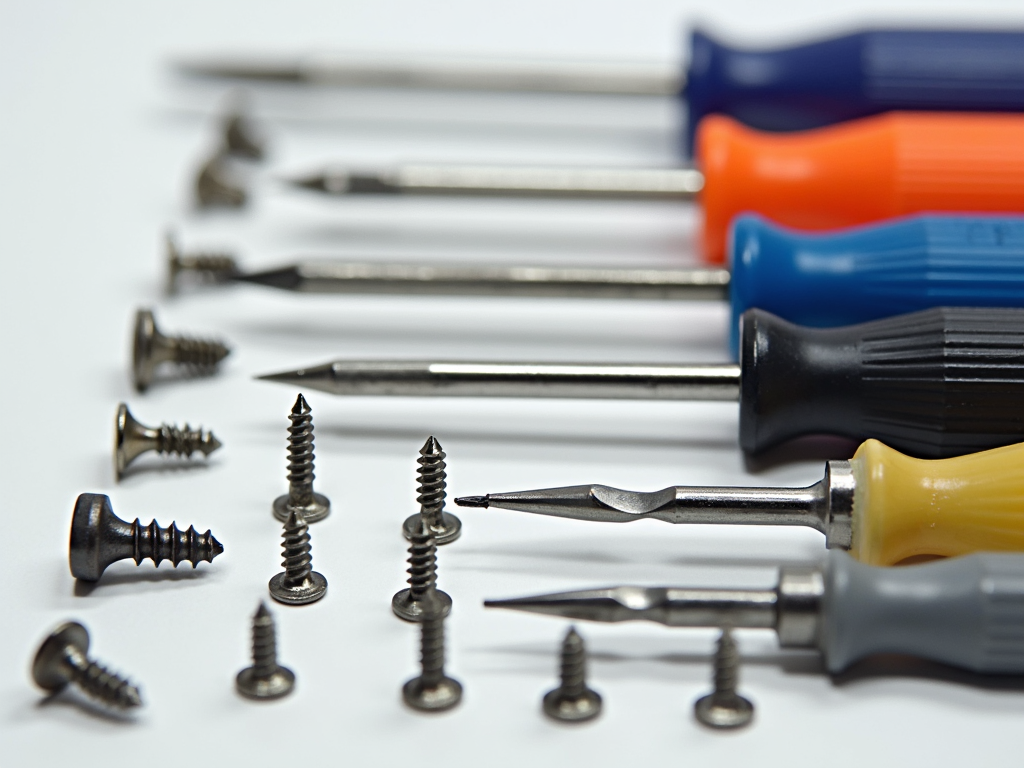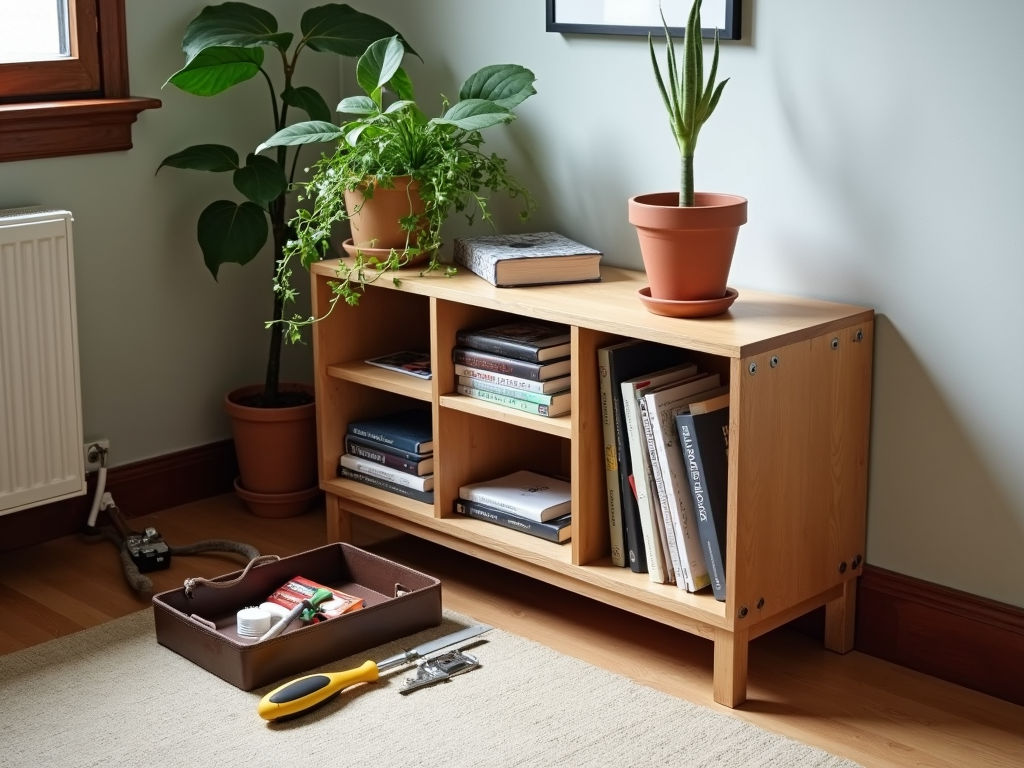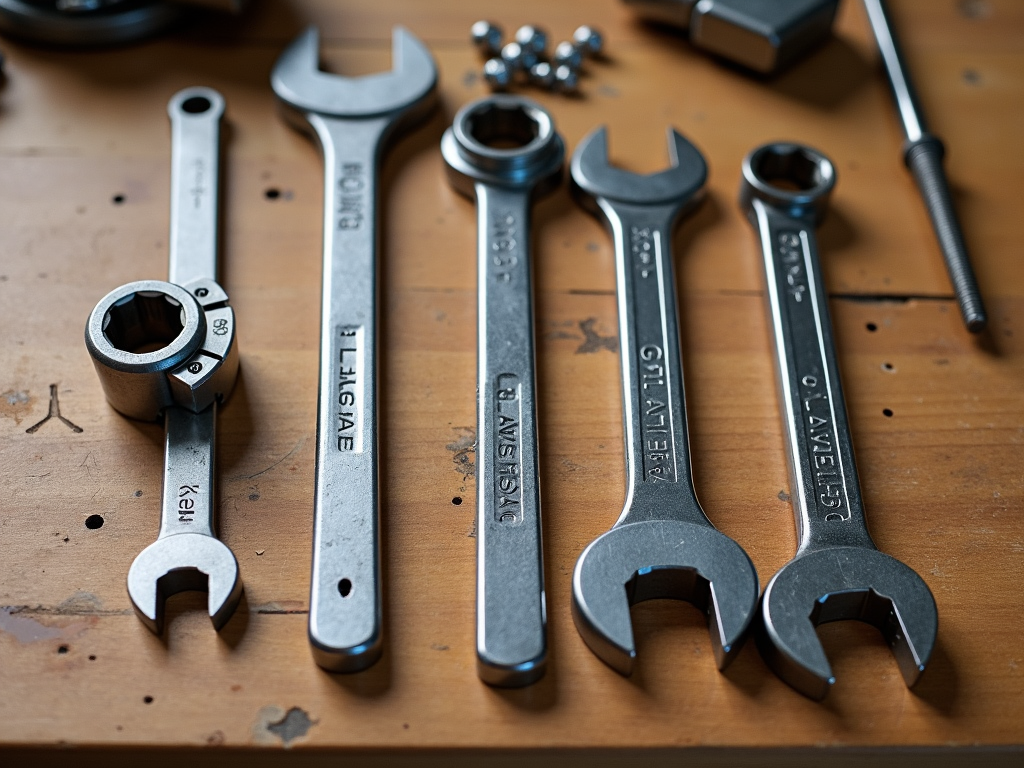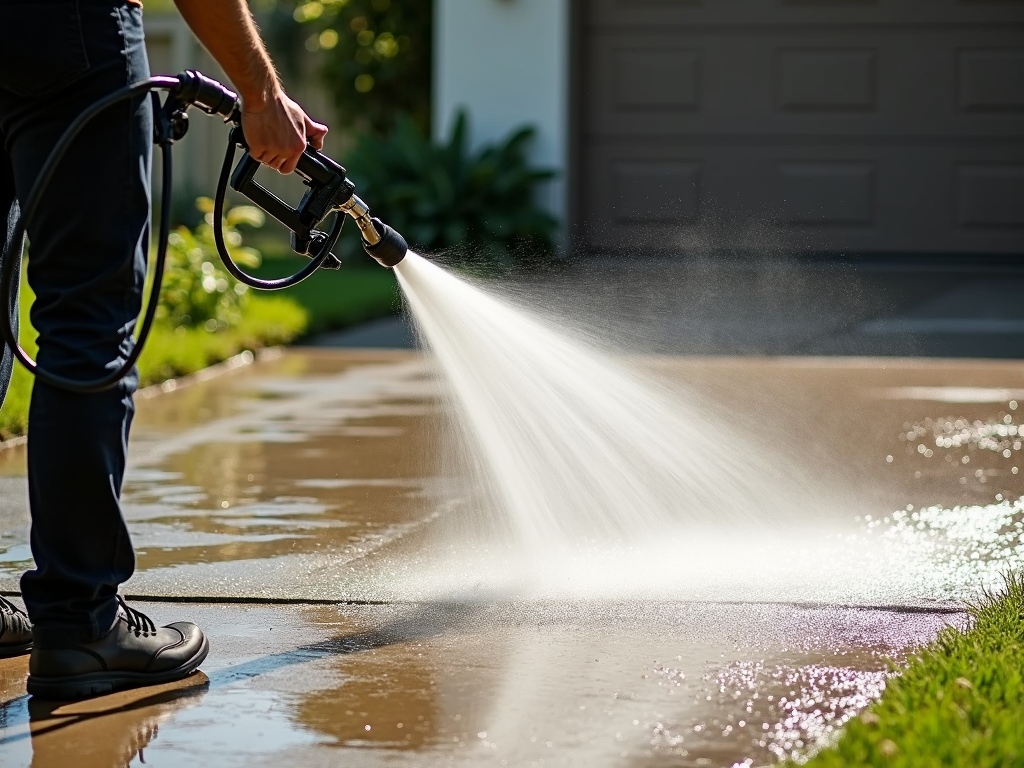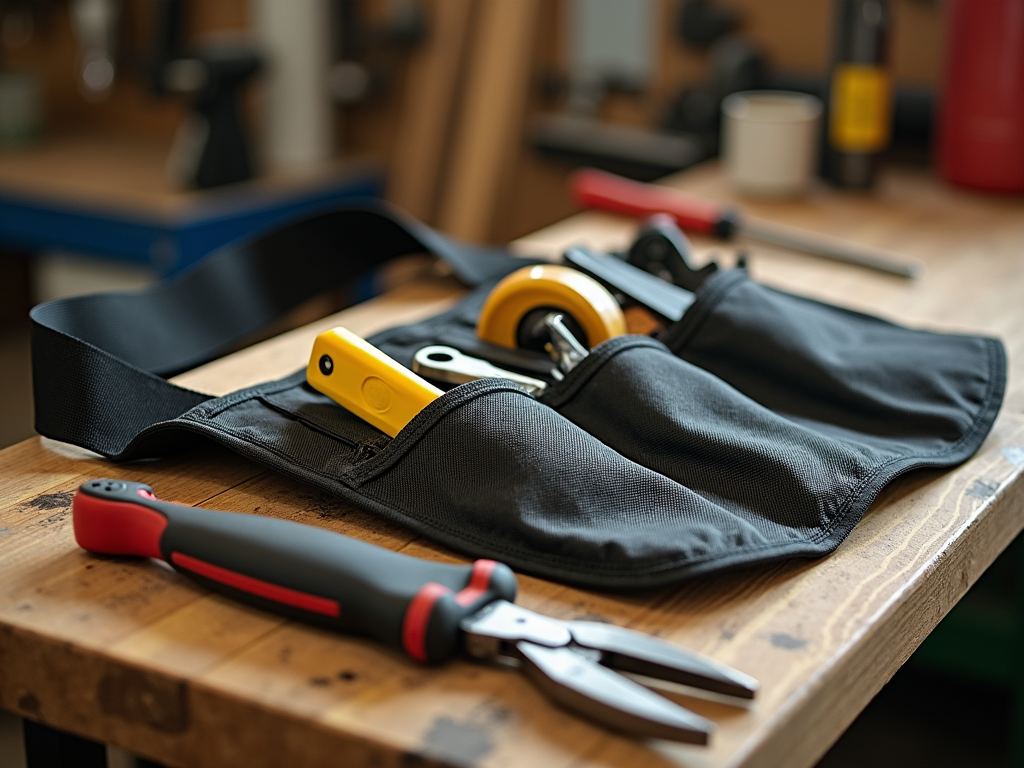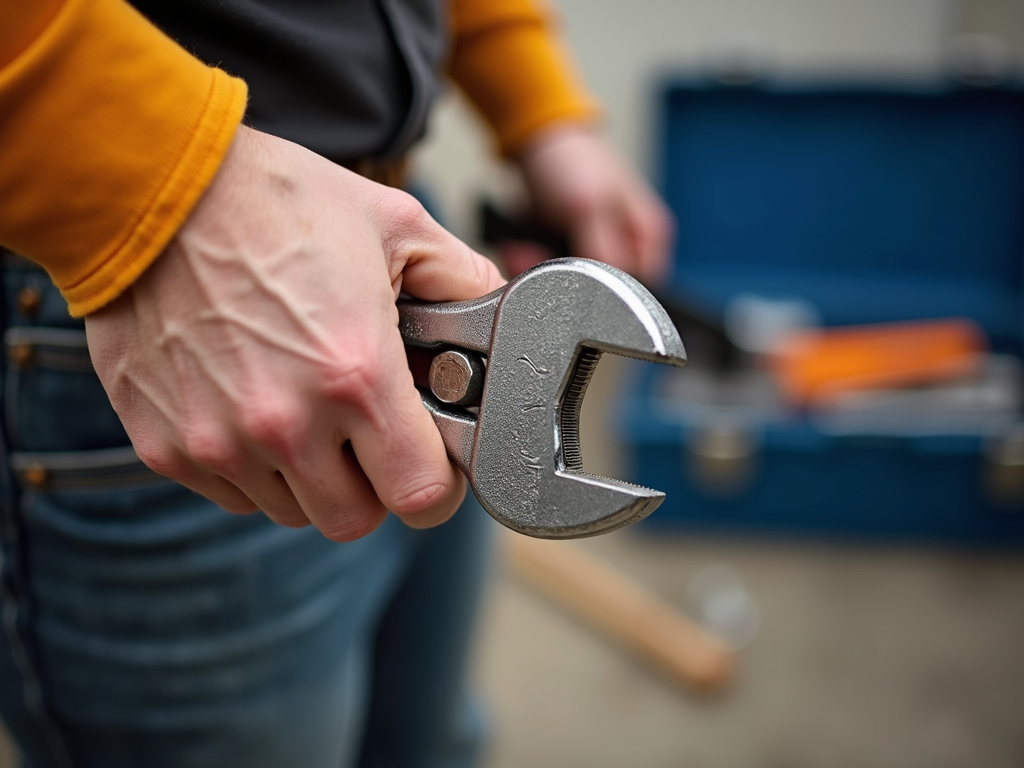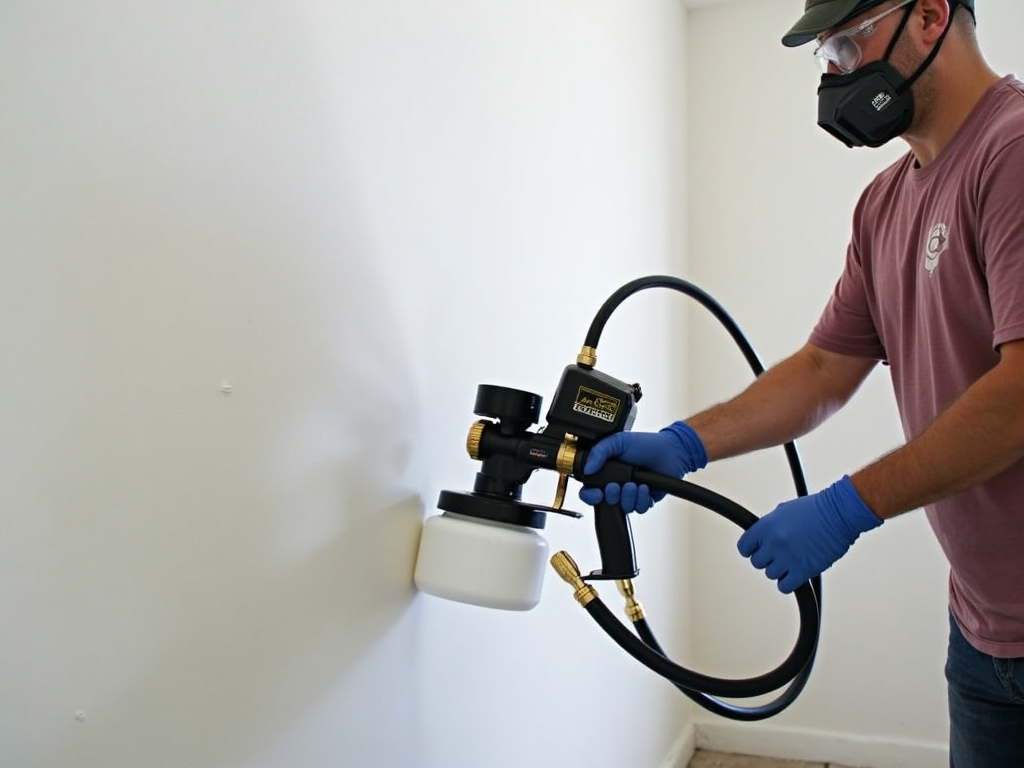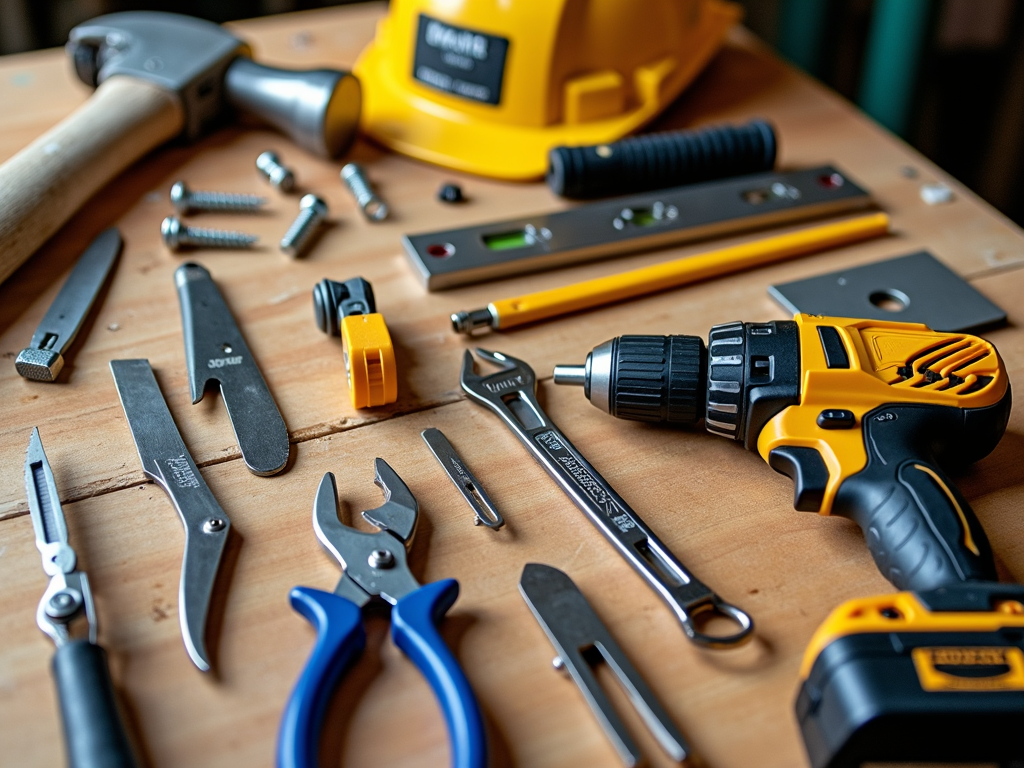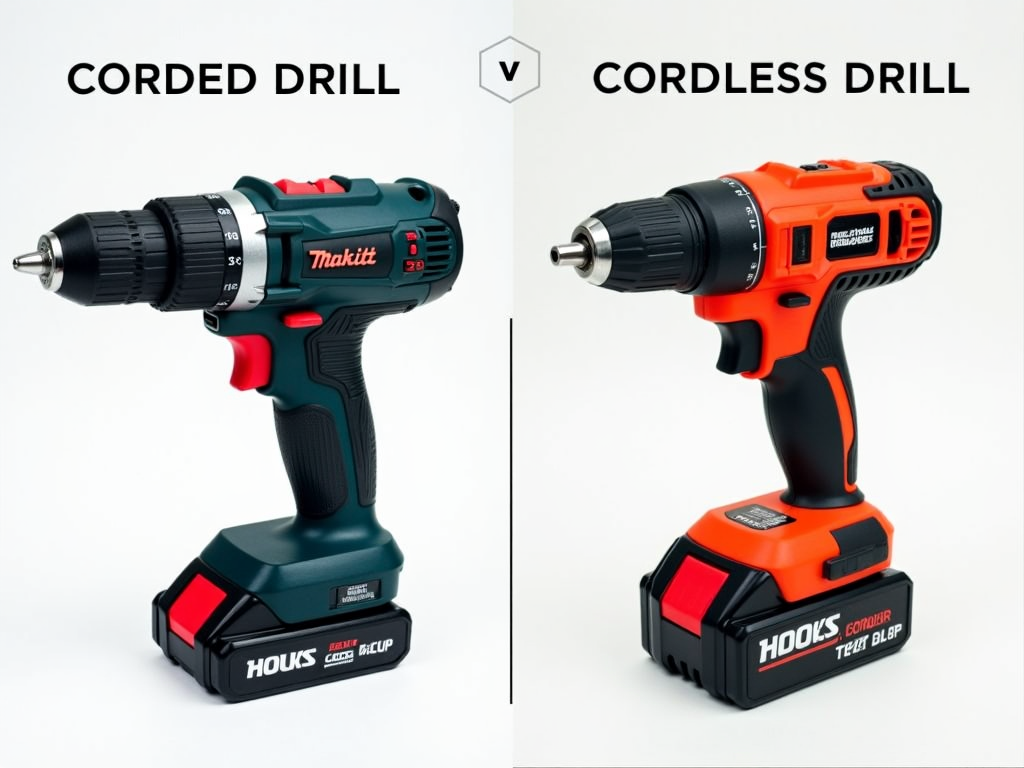Upgrading your home’s electrical system keeps it safe and ready for today’s needs. This article offers a simple guide to your home’s electrical setup, showing why upgrades matter, how they work, and what tools you need. It’s all about making your home safer and more efficient.
Signs You Need an Electrical Upgrade
Your home’s electrical system powers everything you use daily—lights, appliances, and gadgets. But over time, or with more devices, it might not handle the load. Here are clear signs it’s time to upgrade:
- Frequent breaker trips: Breakers flipping often mean your system’s overwhelmed.
- Flickering lights: Dimming or flickering can point to weak power or bad wiring.
- Old wiring: Homes with knob-and-tube or aluminum wiring need updates for safety.
- Too few outlets: Using lots of extension cords shows you need more plug points.
- Burning smells: Scorched marks or odd odors are urgent red flags.
Noticed these? Call a licensed electrician to check things out.
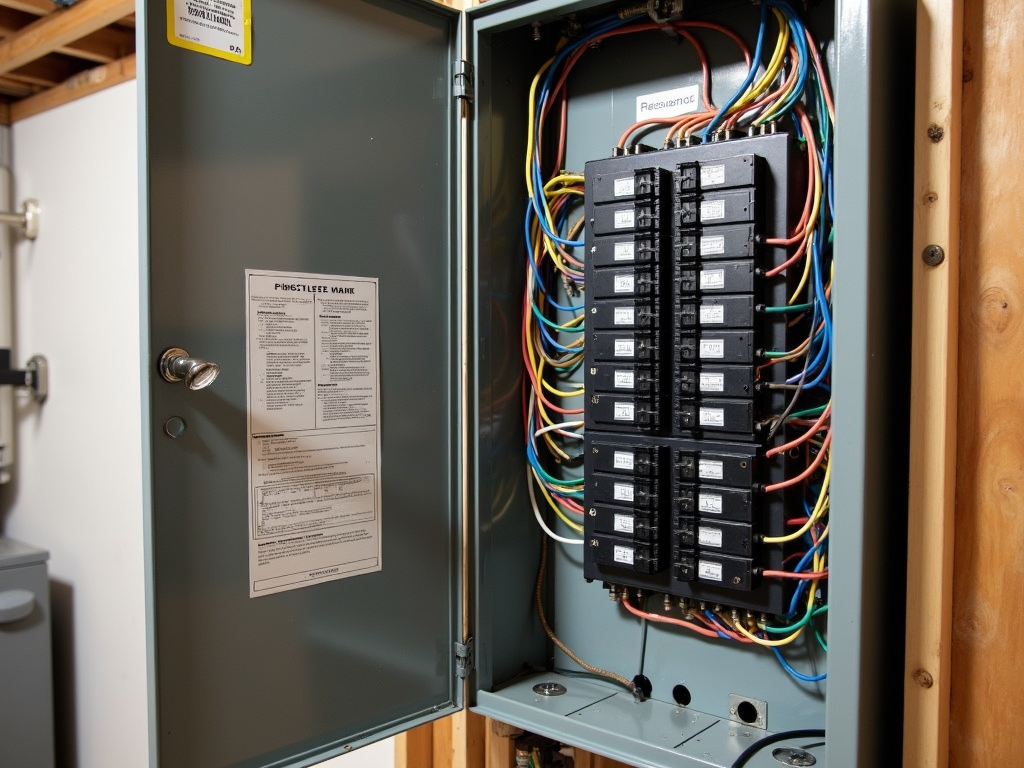
What Does an Electrical Upgrade Involve?
Upgrading your home’s electrical system depends on your home’s age and your power needs. Here’s what it might include:
- Panel Upgrade: The breaker box controls everything. A new one boosts capacity and safety.
- New Wiring: Old wires can spark fires. Modern ones are safer and stronger.
- More Outlets: Extra plugs or circuits support big appliances without strain.
- Safety Devices: GFCI outlets stop shocks; AFCI breakers prevent fires.
- Surge Protectors: These shield your gear from sudden power spikes.
A pro electrician plans this out to match local rules. It’s not a DIY job—safety comes first.
Safety Practices in Home Electrical Repairs
Electricity isn’t something to mess with—it’s risky. Follow these safety practices in home electrical repairs:
- Cut the Power: Flip the breaker off before touching anything.
- Use Insulated Tools: These keep shocks away from your hands.
- Wear Gear: Rubber shoes and safety glasses add protection.
- Check Voltage: A tester confirms the power’s really off.
- Stay Smart: Unsure? Stop and hire an expert.
Mistakes can burn your house down or hurt you bad. The Electrical Safety Foundation has more tips to stay safe.
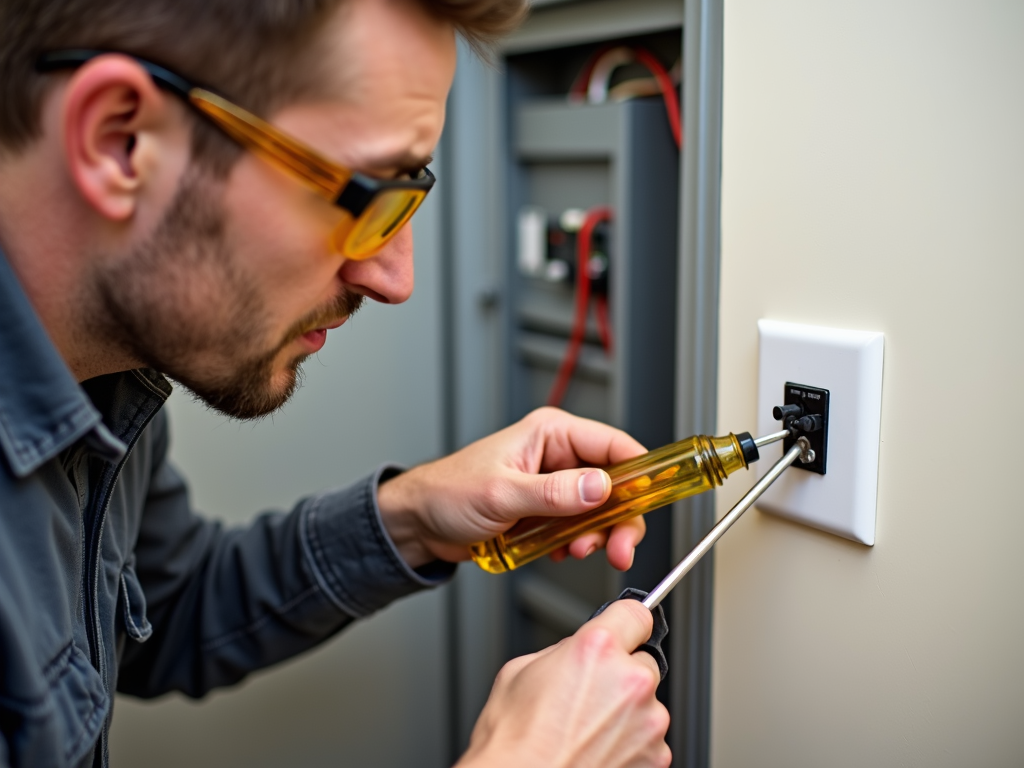
A Comprehensive Guide to Electrical Tools
Want to tackle small electrical jobs? You’ll need good electrical tools. Here’s a comprehensive guide to electrical tools every homeowner should know:
- Screwdrivers: Flathead and Phillips for screws on panels or outlets.
- Pliers: Needle-nose for twisting, lineman’s for cutting wires.
- Wire Strippers: Peel insulation off without nicking the wire.
- Voltage Tester: Checks if wires are live—no guessing.
- Multimeter: Measures power details for bigger fixes.
- Fish Tape: Pulls wires through walls easily.
- Flashlight: Lights up dark corners.
Get insulated, quality tools—they last and keep you safe. Learn more from OSHA’s electrical safety guide.

The Upgrade Process
Upgrading your home’s electrical system takes steps and a pro’s touch. Here’s how it goes:
- Check-Up: An electrician looks at your setup and spots problems.
- Plan It: They map out the work, costs, and materials.
- Permits: Some places need official okay—your electrician sorts this.
- Work Time: They swap panels, run wires, or add outlets.
- Inspection: A city checker makes sure it’s all good.
- Testing: Everything’s powered up and tested.
Talk to your electrician a lot. Ask questions—it’s your home!
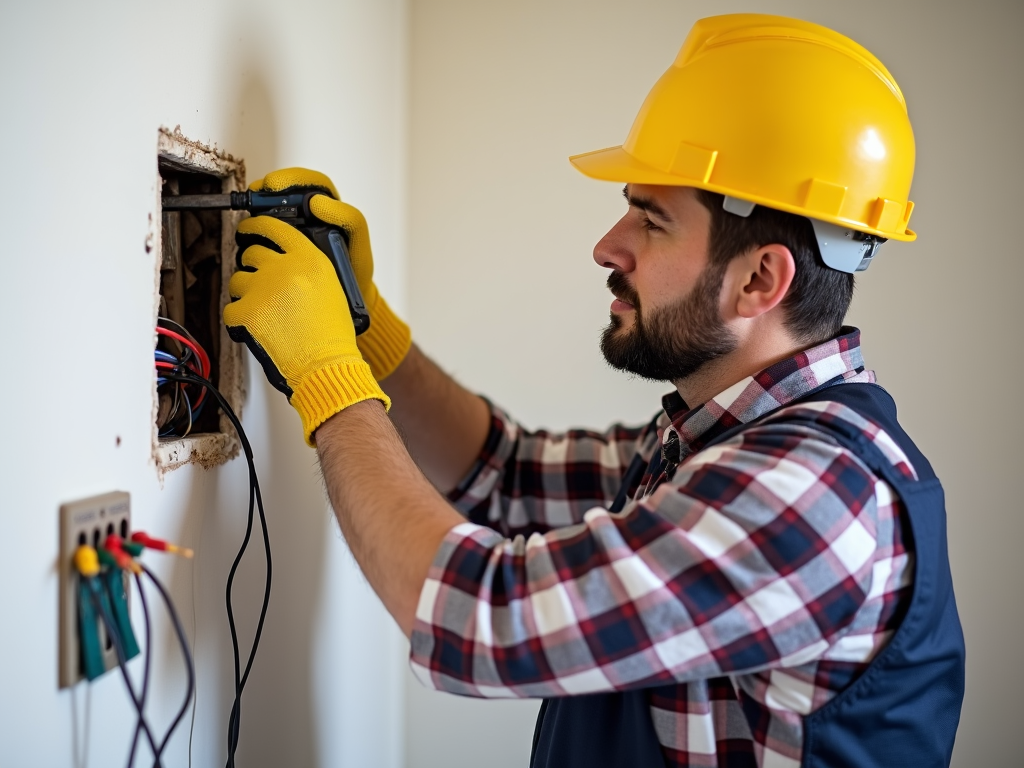
Benefits of Upgrading Your Electrical System
Spending money on an upgrade pays off. Here’s why:
- Safer Home: New systems cut risks of fires or shocks.
- Better Power: More outlets mean no overloads.
- Higher Value: Buyers love updated homes.
- Save Energy: Modern setups use less power.
- Worry Less: A solid system feels good to have.
It costs upfront, but it’s worth it long-term. Peace of mind is huge.
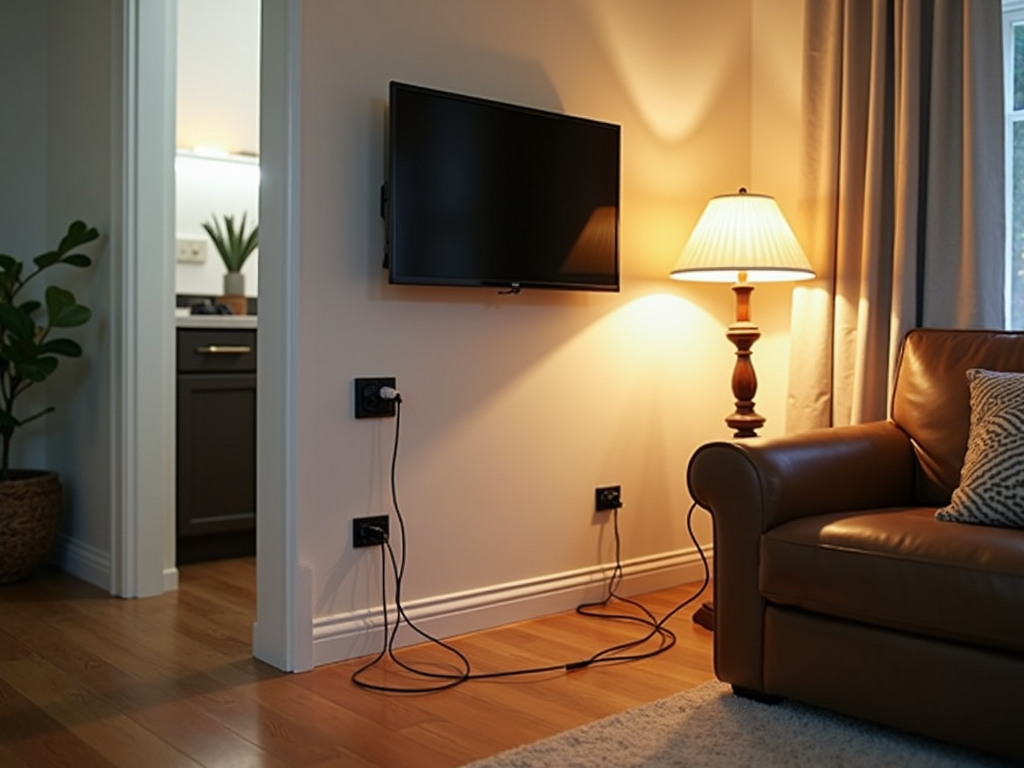
Why I Care About This
I’ve seen what happens when electrical systems fail. My old house had flickering lights and tripping breakers—it drove me nuts. After upgrading, everything worked better, and I stopped worrying about fires. It’s not just tech stuff; it’s about living comfortably and safely.
In short, upgrading your home’s electrical system boosts safety and ease. Spot the signs, learn the steps, stay safe, and grab the right tools. It’s a big job, but it makes your home ready for anything.
Related Upgrading Your Home’s Electrical System:
- Screwdriver Safety Tips for Beginners: Essential Guide for Safe Tool Use
- DIY Projects for Beginners: A Guide to Getting Started and Maintaining Your Tools
- How to Use Wrenches Safely: A Comprehensive Guide
- The Science Behind Power Washers: How They Work
- Top Workman Tools: Brands You Need to Know
- Advanced Techniques for Workshop Organization
- The Ultimate Guide to Tool Belts with Built-in Storage
- Essential Gear for New Contractors: Building Your Toolkit for Success
- 10 Must-Have Painting Tools for Faster Projects
- Top 10 Must-Have Tools for DIY Beginners: Your Essential Guide to Starting Strong
- Innovative Construction Tools: Boosting Efficiency on the Job Site
- Exploring the Latest Trends in Electrical Tools for 2023
